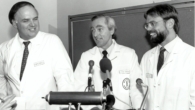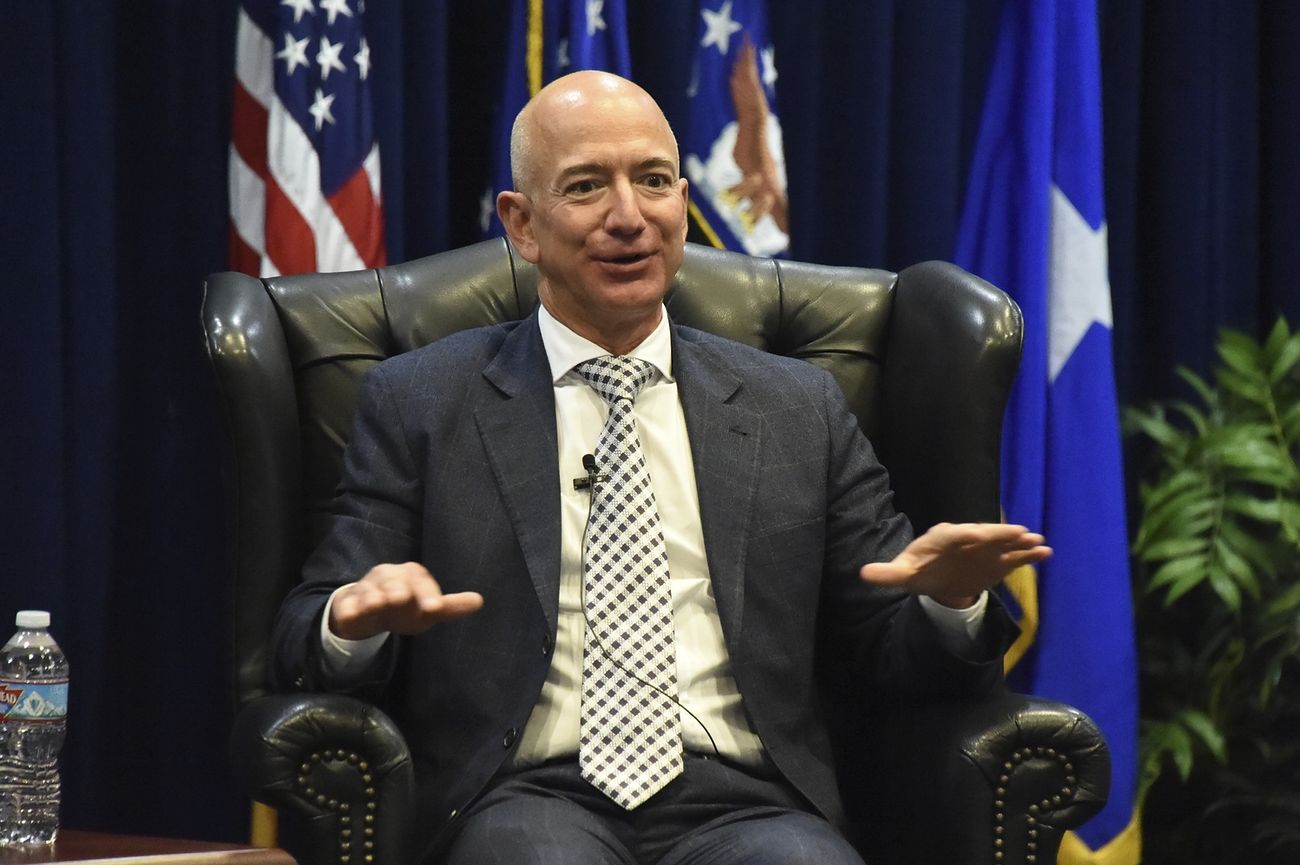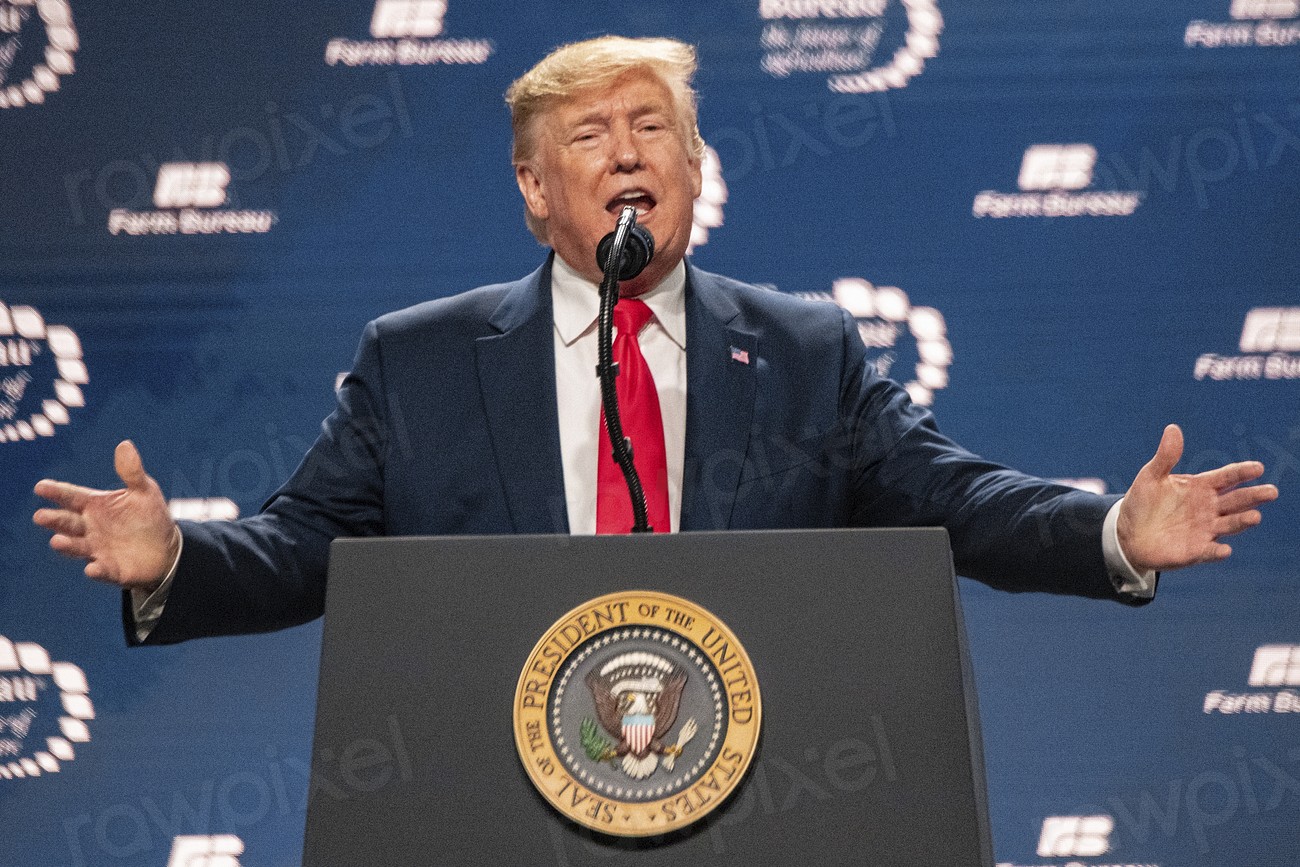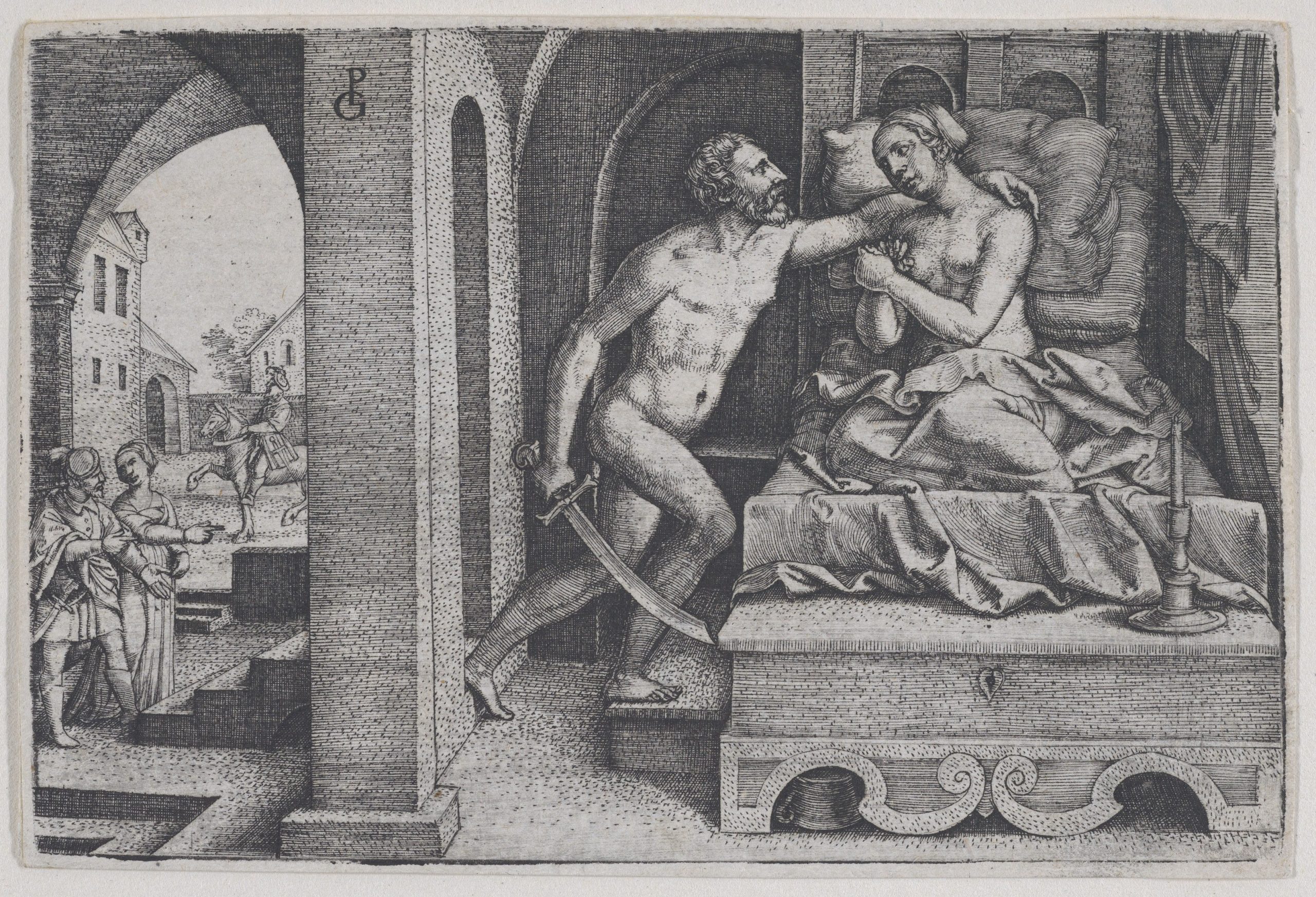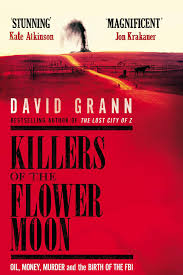
Killers Of The Flower Moon: Messages From A Movie
Just watched the film. Killers Of The Flower Moon: Messages from a movie. This is a really important true story for all of us to take on board. The Scorsese film of the David Grann book of the same name has something to say to the world about who we are. It is unflinching in its depiction of the characters involved. It presents them as complex human beings, rather than cardboard cutouts playing a role in a Hollywood story. The director could have made this a movie about an FBI investigation and a triumph of good over evil but thankfully he didn’t.
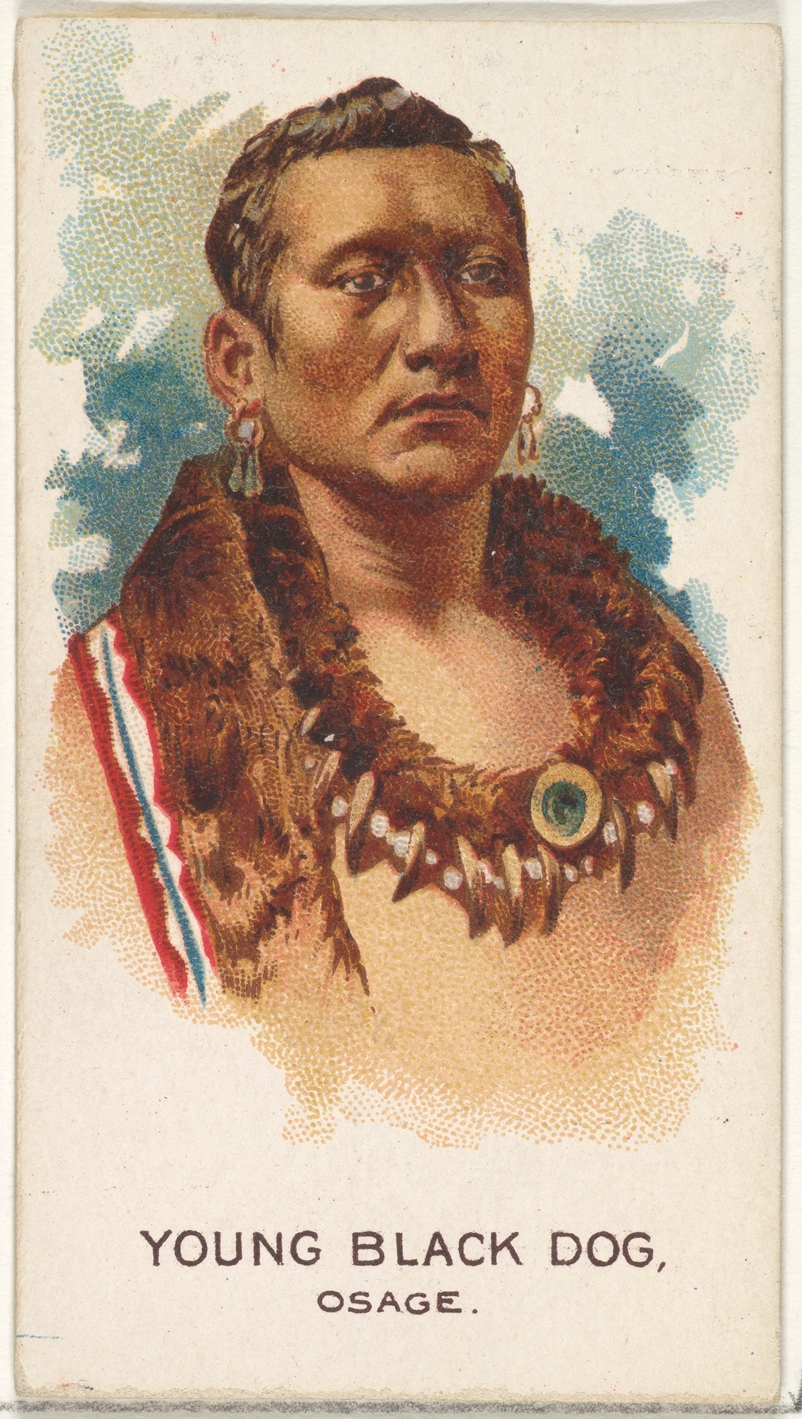
Movie Makes Disturbing Commentary About America
This is not the usual fare served up to mindless modern folk. The truth in this portrayal of a disturbing episode in 20C American history is paramount to the picture. There are very few heroes in this story. America and Americans don’t emerge from this telling in a good light. However, it is about time they and the world dispelled with the BS commonly presented as facts in their stories. It is not a perfect movie by any means. It could have done with some editing but it stands as a testament to the God awful stuff that happened.
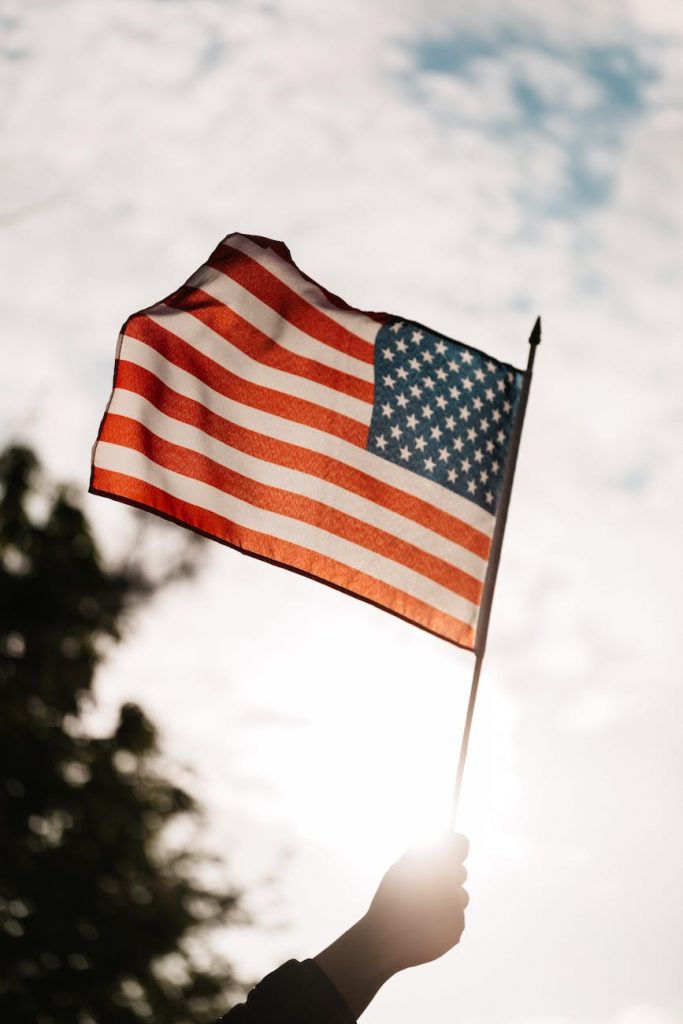
Racism Justifying Greed, Larceny, & Murder
The complex nature of evil, as depicted in the character of William Hale and played by Robert DeNiro goes to the heart of white America and its disturbing religiosity. This is racism in its true face with ingrained Christian God sanctioned superiority meting out the fate of the lesser races with one hand and stealing their land and property with the other. This is how America was created by taking the land and their resources from the Indigenous peoples who were there before them. The die was cast by the first settlers and later generations followed their lead. Someone in the movie states, “you were more likely to be prosecuted for killing an animal that an Indian.”
Hypocritical White America
The appalling hypocrisy of Hale and his professing of love for the Osage captures the ‘do gooder’ mask stretched over the voracious greed of the white man in his dealings with Native Americans. Doctors, pastors, judges, lawyers, sheriffs, and other so-called respectable professionals were all complicit in stealing from and murdering the Osage. The federal government declared them incompetent and requiring legal guardians if they were full blood Osage. Institutional racism proudly waving a stars and stripes flag. It was the time of the wonderful new science called Eugenics, which was big in America. In fact, Nazi Germany in the 1930s would look to America as a role model on this score. The USA was the racist superpower of the world hands down for many decades. Slavery in the south in the form of peonage slavery was flourishing in the first half of the 20C. Oklahoma was the site of a massacre of some 300 blacks by whites during this period.
The Ku Klux Klan were celebrated across America and featured in movies financed by luminaries like Thomas Edison and Henry Ford. The legal guardians of the Osage would steal from and defraud them of millions of dollars.

White folk firmly believed it was just wrong for Indians to be wealthy. Something was fundamentally flawed in a world where these savages had lots of money and luxury lifestyles. The Osage had benefitted from owning the mineral rights beneath the land they bought from the US government, after being repeatedly pushed off their original lands. Oil money made them the richest people in the world for a short time. Boy, would it cost them! Stealing from them was just making things right. Murdering them for their money was just another step in the right direction. White people believe they are entitled to more than redskins and blacks. White folk reckon this is the natural order of things. This absolute BS still exists in the minds of many today. Dumb people justifying their sense of entitlement lives on in America and in places around the globe. Killers of the Flower Moon reminds us all of the evil of racism.
What was done to these human beings. Slow poisonings, immediate poisoning via strychnine in bootleg whisky, murder by shooting and bombing were all appalling. The local white justice system in Fairfax, Oklahoma did nothing despite body counts in the scores. They were all in on it. William Hale was like a fat spider at the centre of it. Manipulating and paying hitmen to target Osage Indians, men, women, and children. Insuring Osage individuals to benefit from their timely demises. Organising doctors to poison them on his instruction. However, this is not all down to one man, rather it was a community effort and conspiracy.
David Grann suspects that there were actually hundreds of Osage murdered by white folk living in the region. The government painted a target on their backs and the media made sure lots of scumbags knew about it.

DiCaprio is good in the role of the weak willed Ernest Burkhart. He inhabits the character in all its complexity. Ernest loves Mollie whilst simultaneously poisoning her and helping facilitate the murder of her sisters. Mollie loses her entire family and she struggles to comprehend the level of evil ranged against her. This is one of the cruxes of the whole movie – the First Nation’s trusting belief in the love of the white people in their intimate circle. Mollie has no bearing on the two faced nature of whites like William Hale and his nephew Ernest. The level of betrayal is beyond her understanding of human nature. The exploitation of the Indigenous heart by Hale and his cohorts is pure evil. Hale like many racists justifies his callous greed and murderous actions by saying things like, “the Osage are destined to die out, as this is just their fate as ordained by God.” I have met these attitudes in my own neck of the woods, whilst growing up, and in relation to First Nations people. Christianity in America has been saddled by materialistic greed in many quarters.
William King Hale is a role model for the distortion of the Christian message in conservative American society.
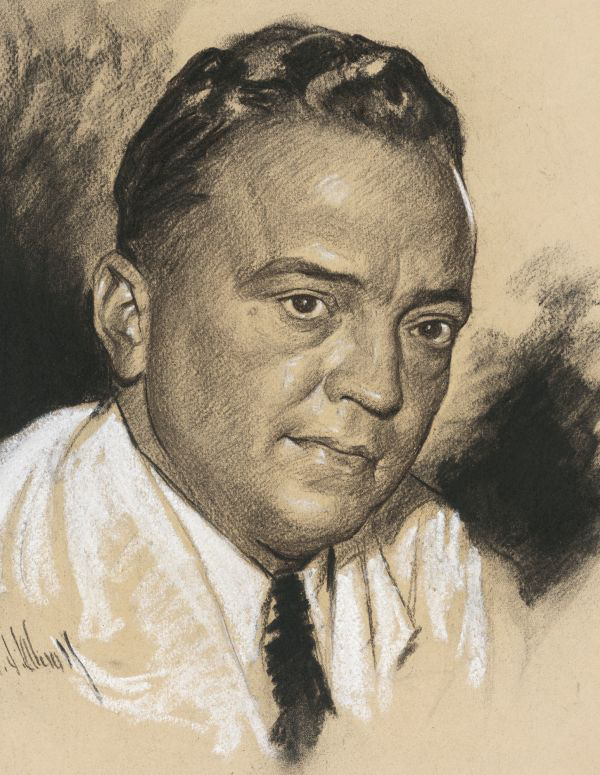
Hale had some insight into the Osage, as revealed when he is schooling Ernest about how to hook up with Mollie.
He mentions that the Osage don’t talk too much in comparison to white Americans. Hale warns Ernest not to assume their silence is stupidity, because it is quite the reverse in his view. Americans, in my experience, talk too much, too quickly, and too often. Culturally this is very different from many Indigenous peoples. Personally, I have wondered whether some Americans actually listen to themselves and what they are saying. All the verbal action is like rapid fire. It is a sales based culture, where they are taught to make their pitch early and with verve. This, I think, has relevance when trying to understand Ernest’s relationship with Mollie and his own belief that he loves her, despite his nefarious actions.
The film Killers Of The Flower Moon could have done with more insight into an Osage mindset. I would have liked to have seen more of what was shown in the very final scene. The movie needed a creative interpretation of Osage culture from the inside, rather than from the outside looking in. Killers Of The Flower Moon: Messages from a movie that was ultimately too long in its current version. There was a scene where Mollie and Ernest are inside her house at the dining table, early in their relationship, and a storm manifests outside. She turns to Ernest and tells him to shush and just be with the storm. The film needed more of this, more of an Osage Indian perspective on life. Still, a movie well worth watching and I am glad it has been made.
Robert Sudha Hamilton is the author of Money Matters: Navigating Credit, Debt, and Financial Freedom.
©HouseTherapy

